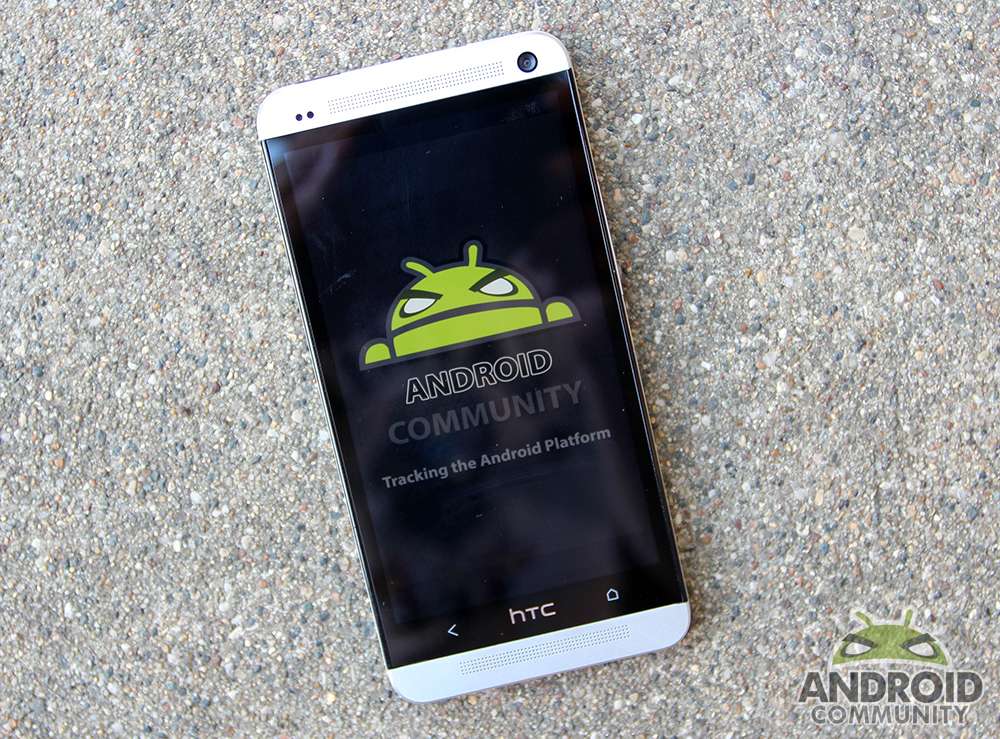
When you pick up a Google Play edition of the HTC One, you get all of the hardware features the original device is packed with, but backed up with an operating system that’s almost entirely Google-made. This device is released alongside one other hero machine with a “Google Play edition” tag to make it unique, that being the Samsung Galaxy S 4. Here we have a peek at what it means to pay a premium (or a normal full price, depending on your perspective) for a machine that’s already been one of Android Community’s favorites this year, this time with a whole different experience on the inside.
Hardware
This device will works with the sharpest display on the market – a 4.7-inch 1,920 x 1,080 pixel panel with Super LCD 3 technology and 468ppi. This means your display is ever-so-slightly more sharp than the Samsung Galaxy S 4 because of the .3 inch difference diagonally in its panel size. In practice, the machines deliver a very similar experience: the best on the market, by a long shot in most cases.
The HTC One Google Play edition has the same body as the original, changing only in the carrier branding (if you’re working with the AT&T edition or the Verizon version later this summer), while the rest of the back and front are identical. You’ve still got the two-button setup at the base of the display, one Home button and a single back button.
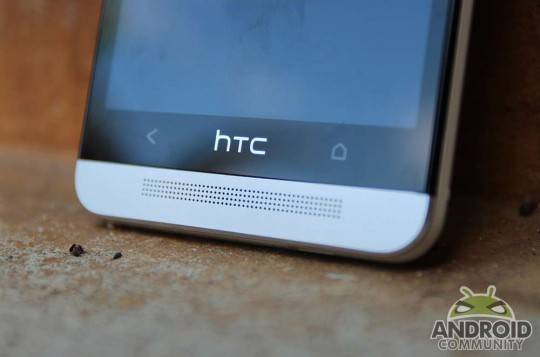
HTC One continues to work with a Qualcomm Snapdragon 600 quad-core processor clocked at 1.7Ghz, backed up by 2GB of RAM. Inside you’ve got a single option at the moment for internal storage: 32GB, and no microSD card slot to expand. The back side of this device is aluminum which lends itself to a high-end feel from top to bottom.
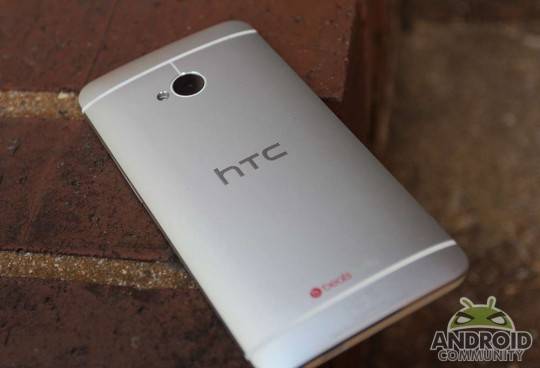
There’s still a plastic edge which contains a headphone jack on top of the device alongside a power button that’s got an IR-Blaster underneath. At the moment we’ve been unable to find a way to use this blaster with the software included – the original HTC One works with HTC-made IR-Blaster support while Android made by Google does not (at least for now).
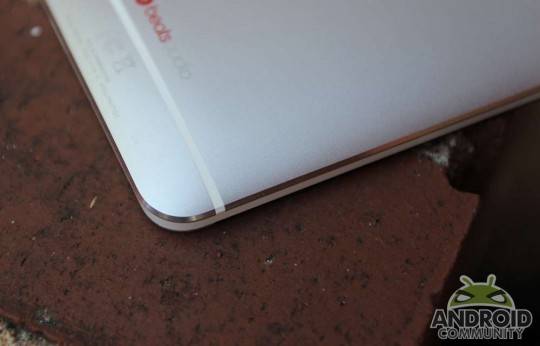
The left side of this device has a microSIM card tray kicked out by a pin, while the right side holds a large volume up/down with a miniature spun-metal pattern. On the bottom is an offset microUSB port near one of two microphone holes. The other is along the back in the plastic strip that cuts through the top half of the phone.

You’ve got NFC under the hood alongside aptX compatibility for Bluetooth 4.0, GPS, and A-GPS. This machine also supports 802.11a/ac/b/g/n for next-generation Wi-Fi speed and, as it appears to be based wholly on AT&T’s edition of the smartphone for hardware (save the logo), you’ve also got 4G LTE.
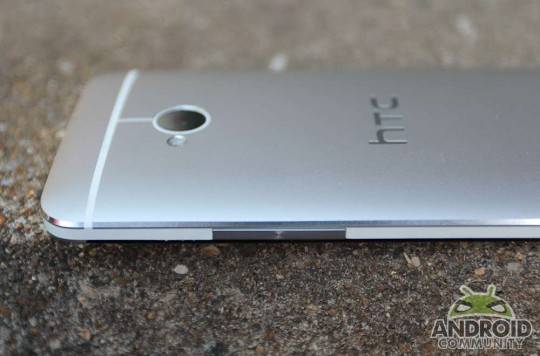
That’s not 4G LTE for Verizon, nor is it 4G LTE for T-Mobile or anyone else – it’s all on quad-band GSM / EDGE, tri-band UMTS / HSPA+ up to 21 Mbps (850 / 1900 / 2100), and quad-band LTE (700 / 850 / 1700 / 1900), so you can pop in the AT&T SIM and roll out at top speed with the big blue network. If you’re a T-Mobile user, you may want to think about this device’s lack of AWS support for HSPA+.
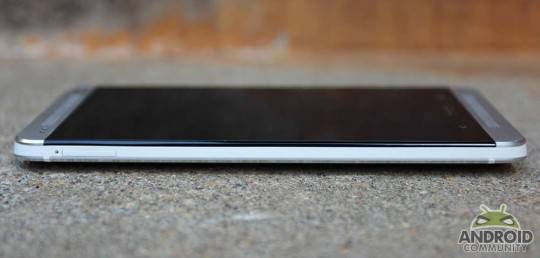
This device continues to work with two built-in speakers with “HTC BoomSound” branding. The front-facing speakers here are still just as loud, still just as industry-leading in their uniqueness. This is able to happen without Google’s standard Android fare because it is wholly hardware based, this sound experience – but wait! This device also has Beats Audio!
Software
Indeed you DO get a Beats Audio experience even though this is HTC’s own software tweak to the system. Though this device is a “Google Play edition”, it does not deliver the EXACT same software build as the Nexus line of phones due to this one single differentiator, or so it would seem: Inside settings and sound options you’ve got “Beats Audio”, an option able to be toggled on or off.

Otherwise you’ve got stock Android – save connections to a standard Nexus device simply because the HTC One does not have a standard hardware home button collection under its display. Instead you’ve got access to recent apps with a double-tap of this button while a long-press will bring on Google Now.
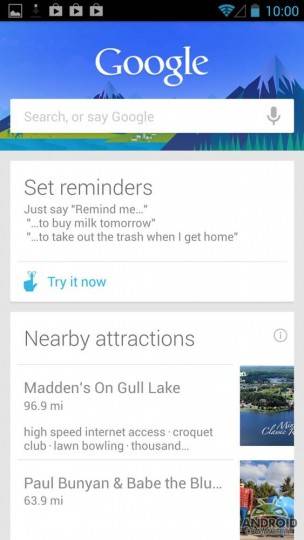
As for how well this device fares in benchmark tests now that the software experience is without HTC’s Sense – the results vary. While in general this machine scored higher in AnTuTu than the AT&T iteration of the HTC One, it would appear that the international version scored higher still – again, in general . Meanwhile Quadrant had the Google Play edition scoring lower than either previous edition of the hardware, and Qualcomm-made Vellamo had the three devices bringing such similar scores that it seems the collected result of the full gamut of tests suggests the HTC One works just as well no matter what its software.
Have a peek at the benchmark collection here and see what you make of it – you’ll want to compare to results from our HTC One AT&T edition and original HTC One review for good measure.
Battery Life
You’ll find this machine delivering almost exactly the same battery time as the AT&T edition while the original HTC One isn’t far behind. In the end, the differences between these three versions of the machine in software appear to have very little to do with how long the machine is able to stay awake and active.
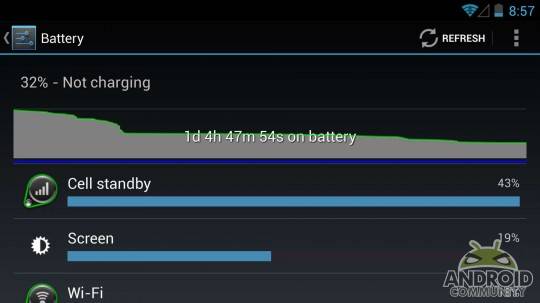
As we said then we’ll say here again: Qualcomm’s Snapdragon 600 does wonders for standby time with low-powered task management and up-time is dependent on how you use the machine. Turn the display up to full brightness and stream video over LTE and you’ll knock the battery out in a matter of 5 hours. Use the machine like you would any other smartphone on a normal day, and you’ll only need to charge up every 8 hours.
Camera
The first question we had for HTC when this Google Play edition was first announced was asked with regard to the device’s camera. Was HTC’s “UltraPixel” camera setup living inside their Sense software, or would we still be getting top-tier results with the HTC One regardless of which group was handling the user interface?
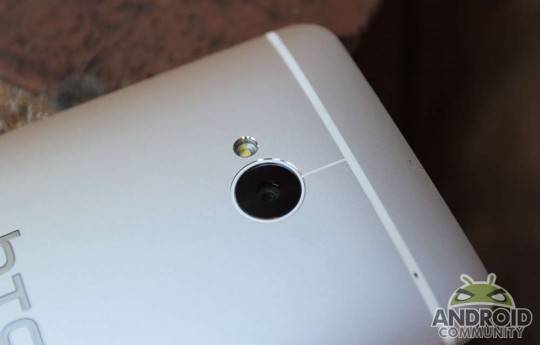
As it turns out, the “HTC UltraPixel Camera” brand is allowed to remain – it is indeed a hardware experience at least as far as that brand-name goes. HTC makes clear that this smartphone still has a camera “engineered with large pixels”, still capable of “up to 300% more light” than what the company describes as “most lighting cameras”.
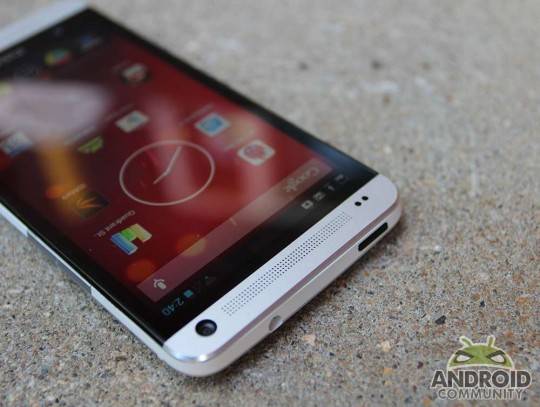
Of course you’ll be working with Google’s own “Nexus” camera interface, which can have more than a little bit of an effect on your final product. Even if the camera is physically the same, the software between the subject matter and the human operating said camera has the ability to make a really big difference. In this case we’ve found the camera to still be able to take really excellent photos with automatic settings, but outside said basics, things can get a little strange.

Google’s “HDR” setting does not seem to produce the same “great basically always” results we’ve seen with the HTC One’s original international edition or AT&T edition. The HTC Sense camera interface is joined by HTC’s image processing to a degree here that we’re wishing we could have that bit of the party regardless of the rest of the software.
Above: Panorama (click for full-sized image)
Of course, again, standard video and photo sessions provide results that are essentially indistinguishable for quality from the Sense-equipped machines. You’ve got Google’s own PhotoSphere here too where the Sense software editions of the HTC One do not – share these globes to Google+ or Google Maps and you’ll understand why this feature is one you’ll miss outside of the Nexus experience.



Wrap-up
This device is, again, one of two hero efforts from some of the biggest brands in creating such devices here in 2013, with a competitor in the Samsung Galaxy S 4 Google Play edition for $649 USD. That’s an extra $50 over this HTC One Google Play edition ringing in at $599 USD, which in turn is a bit more than the LG-made Nexus 4 which will cost you a cool $299.
Of course you’ve got a far, far better camera here, and 4G LTE, and an aluminum backside rather than glass, and the device has a processor that’s literally made by the manufacturer (Qualcomm) to be a step up from the Nexus 4’s Snapdragon S4 Pro. You don’t get Google Wallet here, on the other hand, and the LG device does, in fact, come in white (if that’s your sort of style). Otherwise it’s a matter of cash, basically.
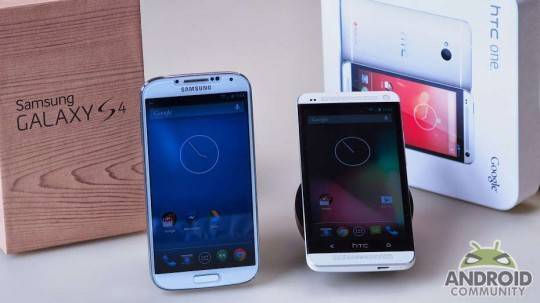
The Samsung competition is a bit more difficult a nut to crack. You’ll have to take a peek at Android Community’s Samsung Galaxy S 4 Google Play edition review to see the full run-down, but for now, know this: Samsung brings a camera experience that’s – at a glance – rather similar to the HTC One, the device has a removable back cover with removable battery and microSD card slot for 64GB of additional space (good since you’ve got 16GB inside rather than the HTC One’s 32GB), and you’ve got a higher clock speed for the processor too, believe it or not.
Final word: the HTC One Google Play edition is easily as desirable as its only comparable device on the market today, the Google Play edition of the Galaxy S 4. You’ll find that your only regret is the lack of the HTC Sense camera experience – and if hackers have their way soon, you won’t be missing it for long.


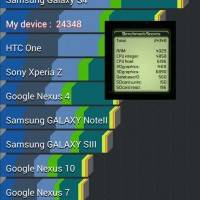

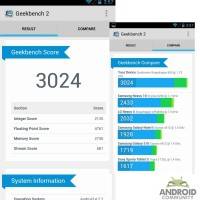

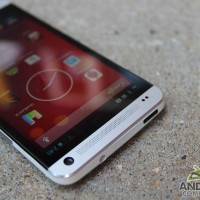

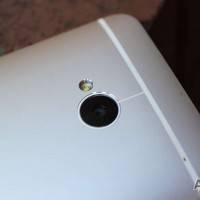
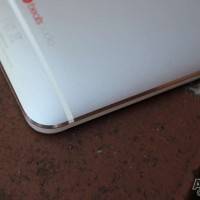
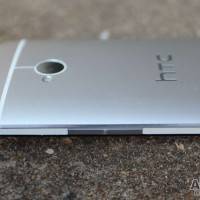
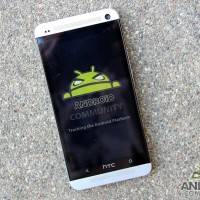
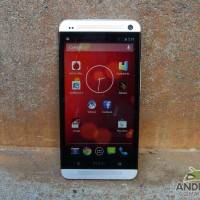


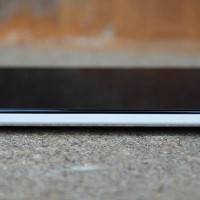
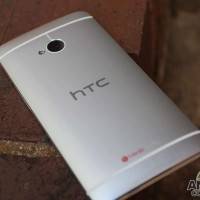

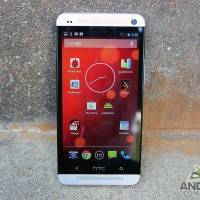




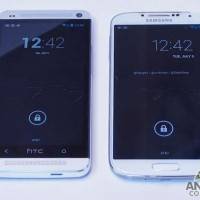
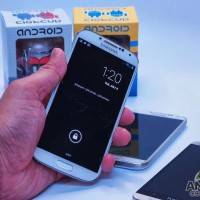
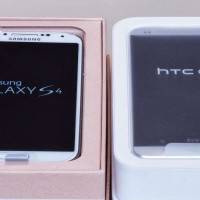








just as Janet explained I’m in shock that any body able to profit $5236 in 1 month on the internet. did you look at this webpage www.KEP2.com
When Is The Stock Version Releasing ?
By,
htc One User